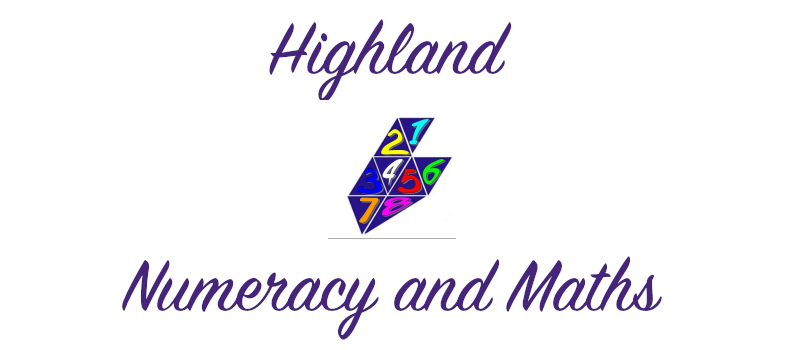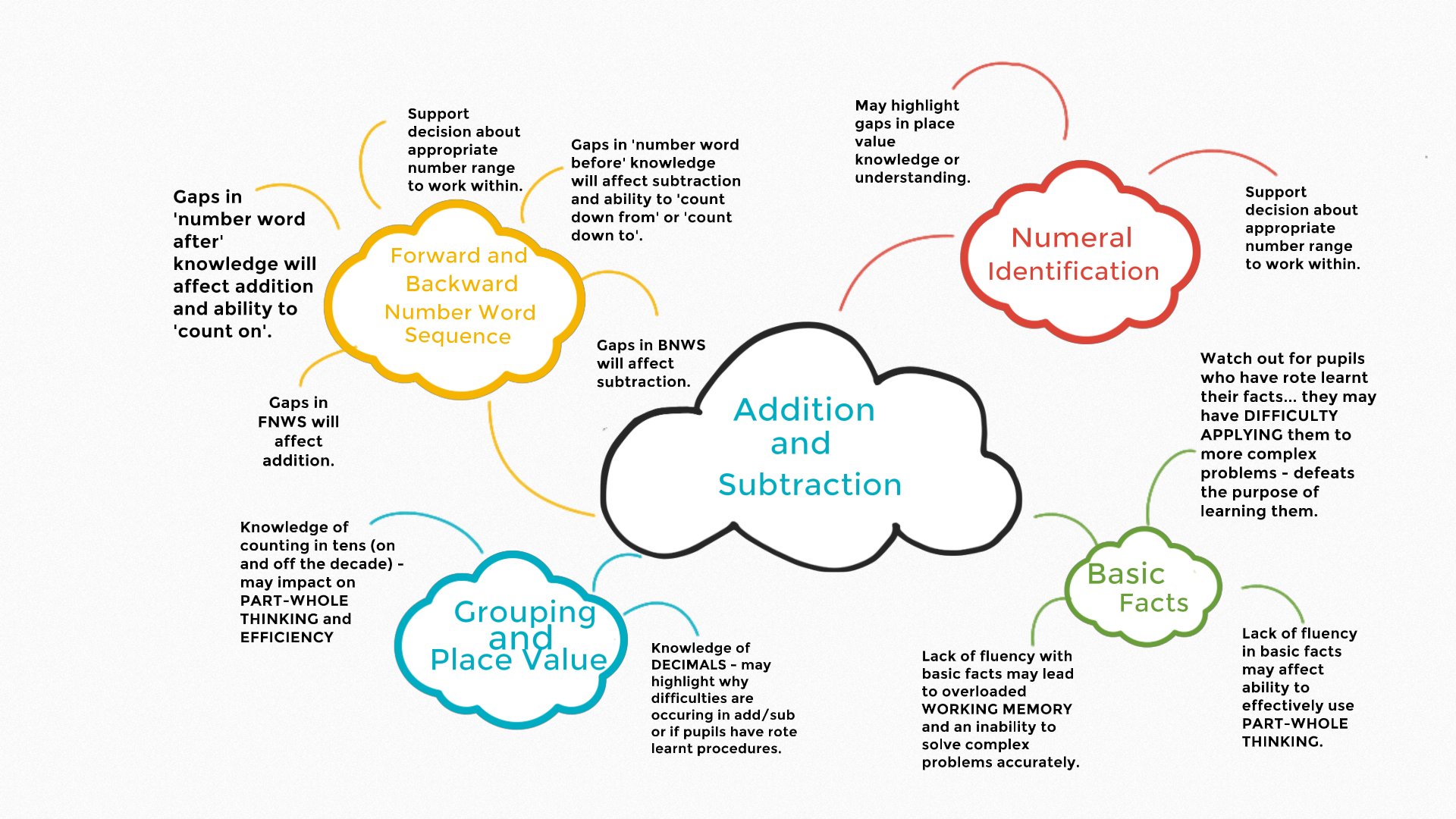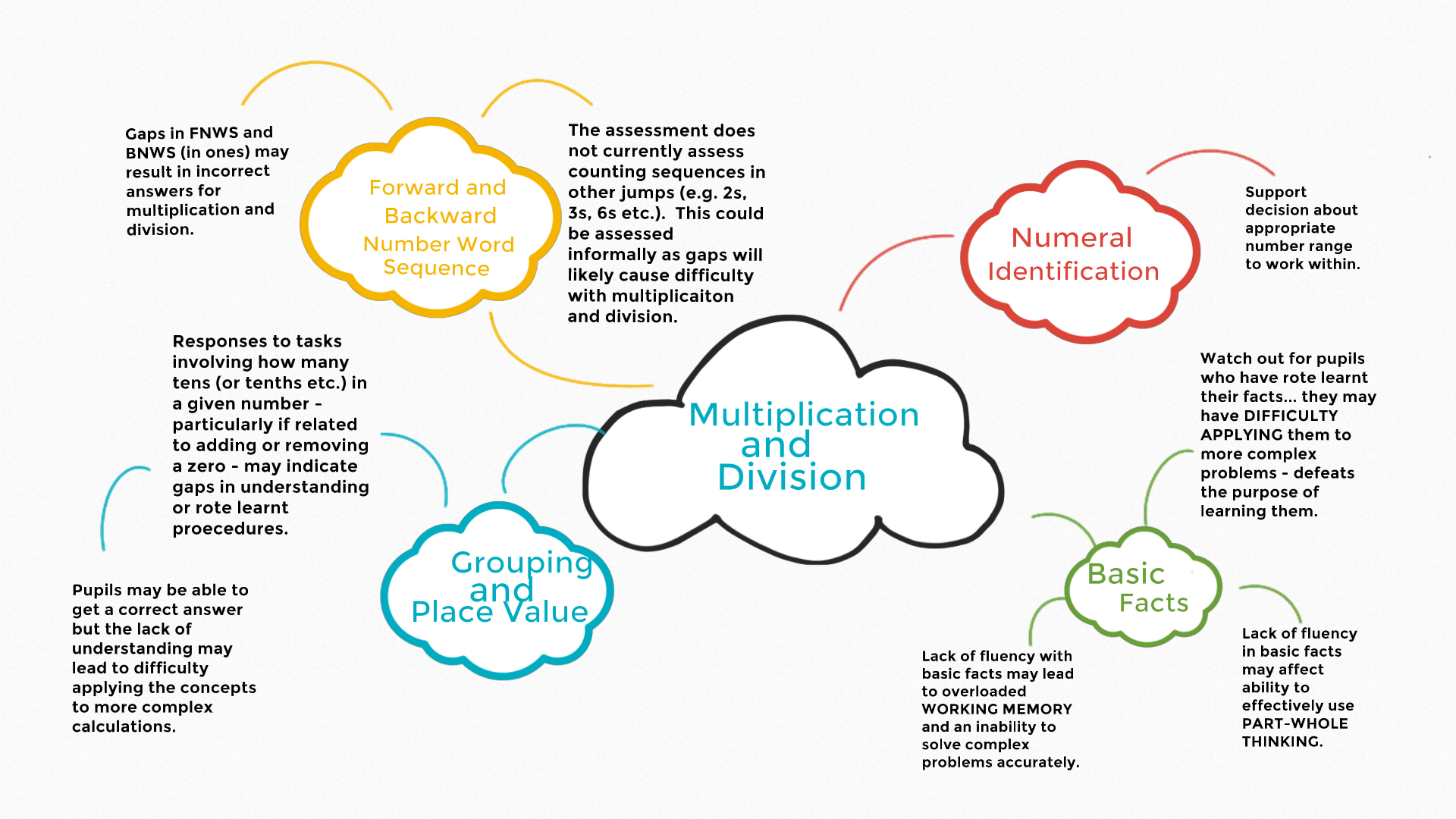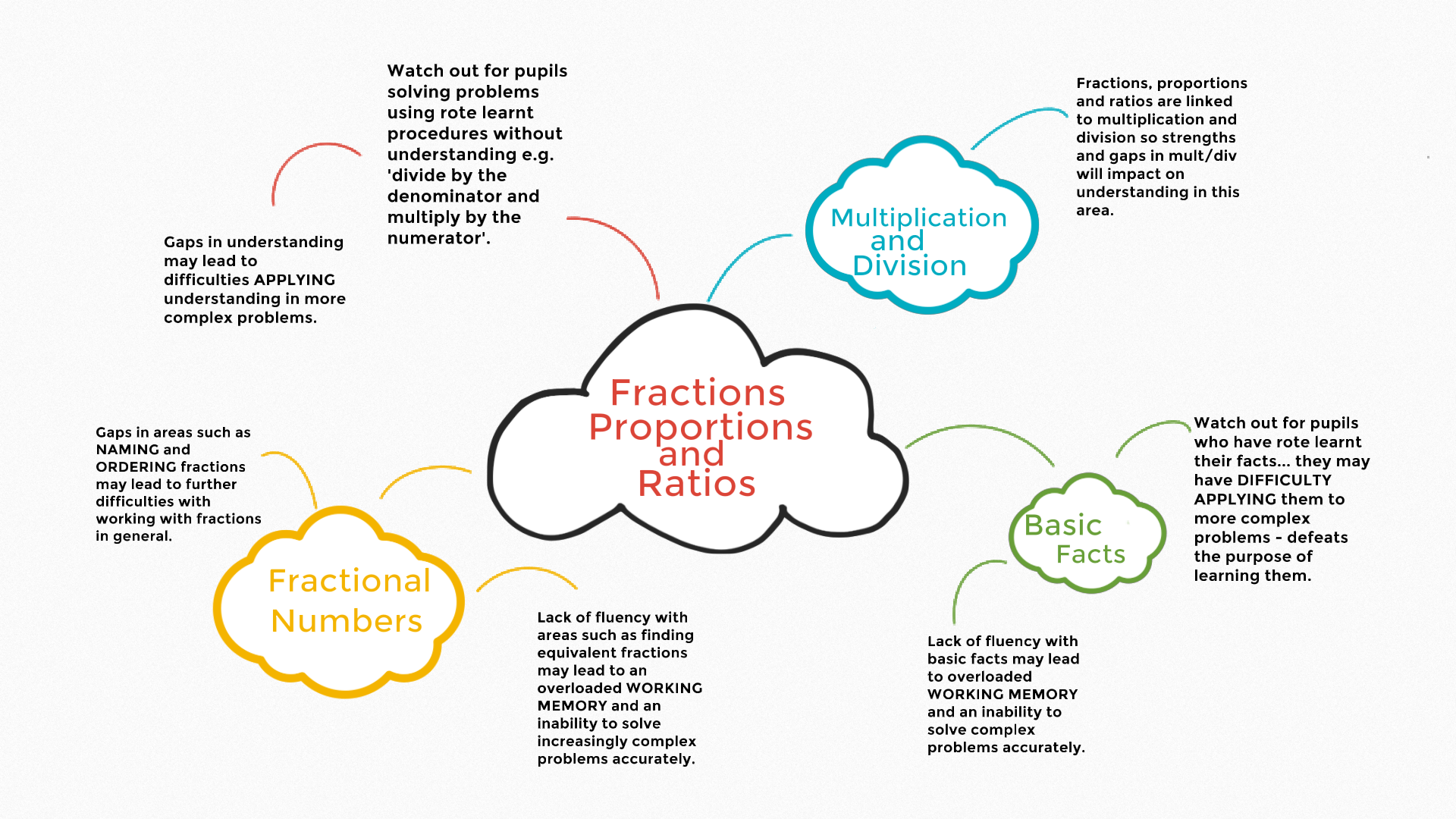1.6.2 Timing and Frequency: Which assessments should I do?
Which assessments should I do?
This may largely depend on where your school is on the implementation of the assessments so has been split into two sections:
- Schools where the assessments are embedded.
- Schools who are new to the assessments.
Schools where the assessments are embedded.
- Ideally, all assessments would be completed with pupils rather than just specific assessments.
- It is unlikely that it is practical to complete all the assessments in one go however assessments that complement one another could be carried out at the same time. See the images below to see the links between each strategy assessment and the other assessments that would be useful to complete alongside them.
Activity:
Discuss (or reflect individually) each image and the connections highlighted.
Can you think of any other connections that haven't been highlighted below?
Click on each image if you wish to see a larger version of it.
Making sense of how the knowledge assessments feed into the addition and subtraction assessment:
Making sense of how the knowledge assessments feed into the multiplication and division assessment:
Making sense of how the knowledge and strategy assessments feed into the fractions, proportions and ratios assessment:
Schools who are new to the assessments
Depending on your situation, you may feel you are in a position to assess all pupils with all assessments from the start. However, there are several options that may work when schools are first starting out with the assessments but they are not yet established. Some options are included below as guidance.
Option 1: Start with a smaller range of assessments
- Start with a smaller range of assessments and build up to the full range over time.
- Example: start with an area that you may feel more familiar with e.g. addition and subtraction. Complete this assessment and based on the results pick a sample of the knowledge assessments that will help you get a better overview for particular pupils. For pupils working at Early * to First * this may be the Numeral ID and Forward/Backward Number Word Sequences Assessments. For pupils trying to make the bridge from First * to First ** this may be the Grouping and Place Value and Basic Facts assessments. This would be the same for pupils working at Second level.
Option 2: Start with a broad representative sample of pupils
- Pick a sample of pupils from your class that would give a good reflection of the range within your class e.g. 2-4 pupils who are having greater difficulty at present, 2-4 pupils who are currently working at age related expectations and 2-4 pupils who are currently working above age related expectations. You can use this overview to get a gauge of the class as a whole.
- Over time you can build up to doing all the assessments with all the pupils.
Option 3: Use an electronic version (available soon)
- The strategy assessments will always need to be completed 1:1 due to the nature of them and what you are trying to assess - hearing the pupil's explanations is key.
- The knowledge assessments are assessing what a pupil just knows without needing to calculate. As such, an electronic version of the knowledge assessments will be made available for older pupils (P3-4 and above) enabling you to assess an entire group or whole class at one time. There are acknowledged advantages and disadvantages to this which will be discussed in more detail in Part 2.
Activity:
Discuss (or reflect individually) which of these options might suit your school and class best including the reasons for your choice.
Decide on which approach you will take (you may wish to do this towards the end of this course when you have all the information).



